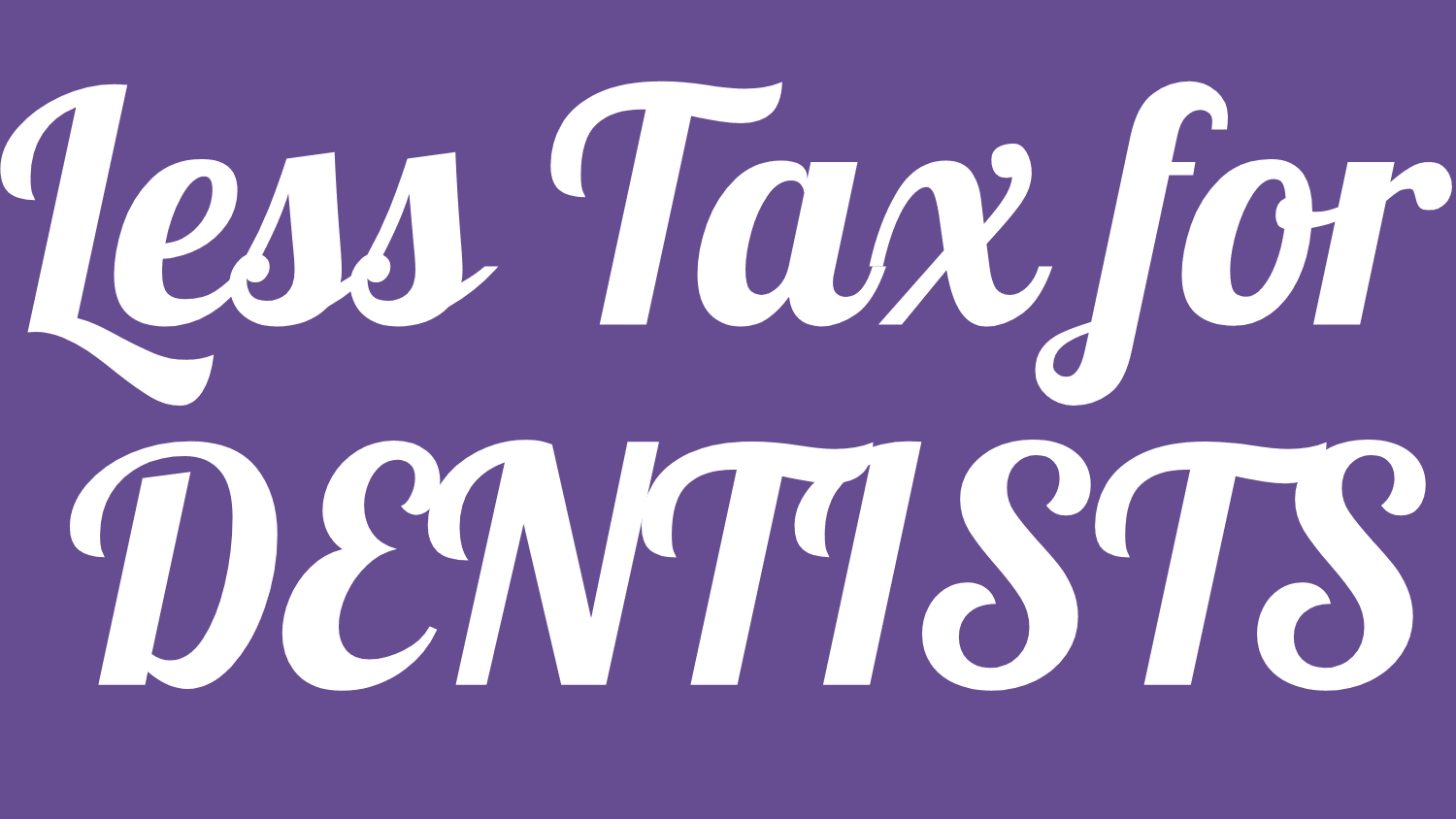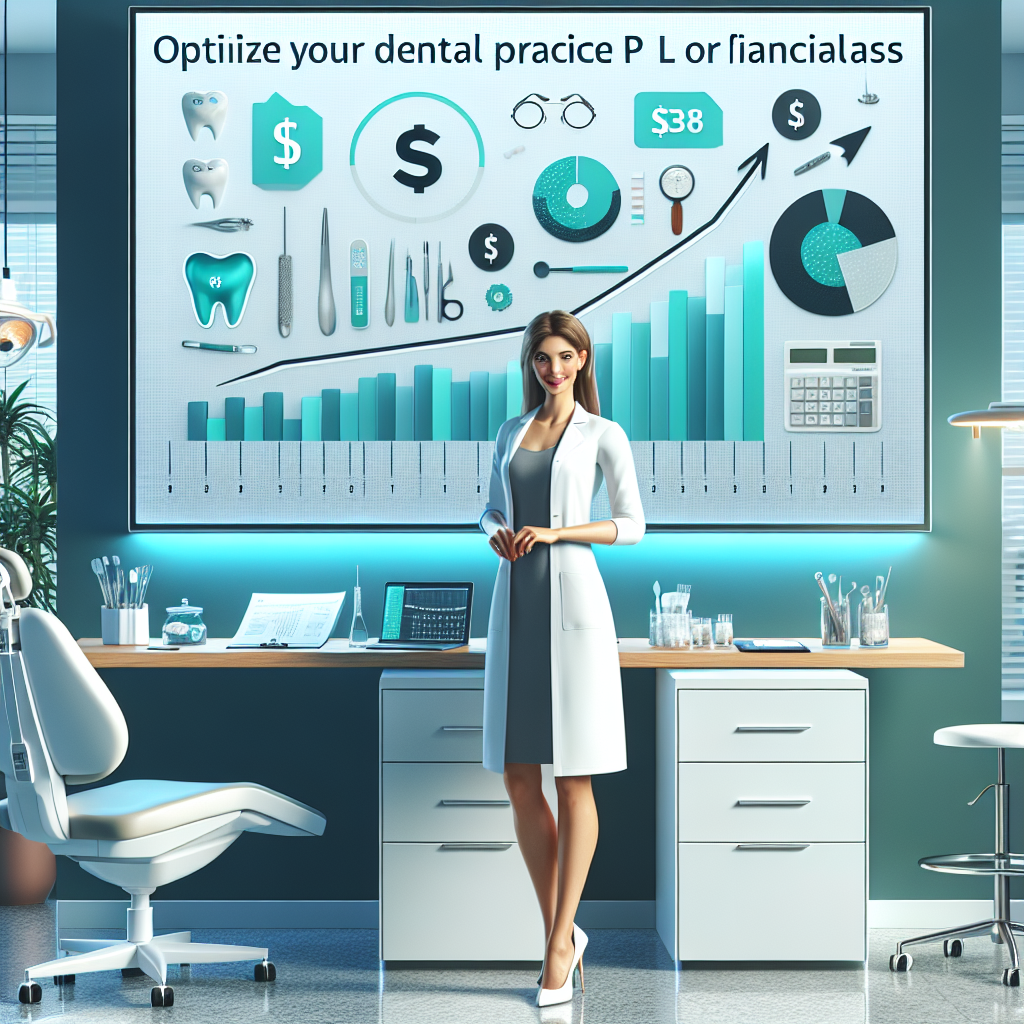Optimize Your Dental Practice P&L for Financial Success
Running a dental practice is about more than just providing great patient care. It’s also about making sure your business is profitable. One of the best ways to do that is by learning how to optimize your profit and loss (P&L) statement. Not sure where to begin? Don’t worry—we’re here to break it all down in a simple, easy-to-follow way.
What Is a P&L Statement, and Why Does It Matter?
Your P&L statement is like a monthly report card for your business. It shows your income (money coming in) and expenses (money going out) over a set period. If you’re not keeping a close eye on this report, you could be missing out on key opportunities to grow—or wasting money without even knowing it.
Think of it like brushing your teeth. If you skip it for a while, things get messy fast. The same goes for your finances. Clean, regular checkups are essential.
Steps to Optimize Your P&L
Let’s take a closer look at how you can make the most of your P&L and keep your dental practice financially healthy.
1. Track Every Dollar
It’s easy to overlook small expenses, but they add up fast. Review your P&L monthly and look out for:
- Equipment costs
- Staff salaries and benefits
- Marketing expenses
- Office supplies and utilities
If something looks higher than it should be, dig deeper. You might discover a subscription you no longer use—or a supplier overcharging you.
2. Boost Revenue by Identifying Opportunities
Look at the income side of your P&L. Are there areas where you could be earning more? Maybe your hygienists could see more patients, or perhaps it’s time to promote elective treatments like teeth whitening.
Ask yourself: What services are underused? What do my competitors offer that I don’t? A simple treatment bundle or referral program can bring in more patients and more income.
3. Set Financial Goals
Your P&L can help you set budget goals. For example, decide to reduce supply costs by 10% next quarter. Then, find ways to make it happen—like negotiating better rates or switching vendors.
4. Get Professional Help
Just like your patients trust you with their oral health, sometimes it’s smart to bring in a pro. A dental-specific accountant or consultant can help you spot hidden trends and suggest money-saving changes.
One client I worked with thought their numbers were “good enough.” But after working with a financial advisor, they discovered they were spending double the average on lab fees. A few small changes saved them thousands each year!
Your Financial Health Matters Too
At the end of the day, a well-optimized P&L isn’t just about numbers—it allows you to make smarter choices, invest in your practice, and take home more income. By tracking expenses, increasing revenue, setting goals, and getting expert advice, you’re not just surviving—you’re thriving.
Ready to take control of your finances? Start with your P&L. Your future self—and your practice—will thank you.




